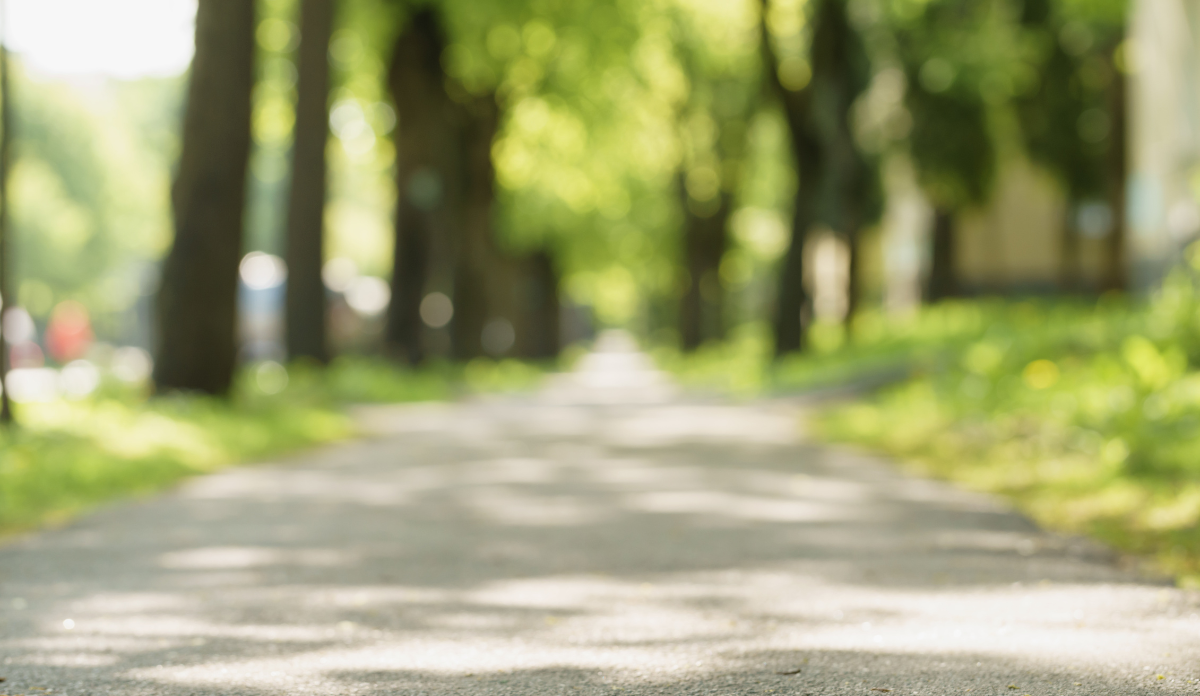We have earned a D- in supporting physical activity for our nation’s youth. Less than one in four 6-17 year olds meet the Centers for Disease Control and Prevention guidelines for at least 60 minutes of moderate-to-vigorous physical activity every day. Low physical activity is linked to low physical fitness, which is strongly related to present and future health, including cardiovascular and cardiometabolic disease, cancers, and mortality. Youth fitness promotes mental health and emotional wellness, school attendance, and academic performance.
Particularly alarming are youth fitness disparities across age, race and sex. Black and Hispanic youth, older teens, and girls show the lowest fitness levels. Fifteen percent of Hispanic youth and 20% of Black youth between 6 and 17 years old meet physical activity guidelines compared with 24% of their White counterparts. And high school boys have twice the rate of participating in 60 minutes of physical activity every day versus high school girls.
An urgent call has been made for addressing the youth “physical divide” due to gaps in resources related to household poverty, school disinvestment in physical education and sports, and particularly limited neighborhood resources. We know that the neighborhoods where youth live, go to school, and play are important for providing opportunities for physical activity and cardiovascular health. For instance, neighborhood walkability, traffic speed/volume, crime, access and proximity to parks and recreation centers, green space, and residential density are all linked to youth physical activity and health. However, limited prior research has addressed the question: Is neighborhood an important predictor of youth fitness?
My colleagues and I set out to determine if several neighborhood factors were related to youth performance on multiple fitness tests. Our study analyzed data from the New York City (NYC) Fitnessgram managed by the NYC Department of Health and Mental Hygiene and the NYC Department of Education, the nation’s largest school district. We also looked at the Child Opportunity Index (COI), a measure of neighborhood resources and conditions that matter for children’s health.
We included a random sample of 300,000 NYC public school youth from the 2016-2017 school year who were living in over 2,000 NYC census tracts. We studied neighborhood green space, walkability, access to healthy foods, and adults’ commute duration. Our fitness measures were based on the Cooper Institute’s FitnessGramTM and included body composition based on Body Mass Index (BMI), the Progressive Aerobic Cardiovascular Endurance Run (PACER) test of aerobic capacity, push-ups and sit-ups to measure muscular strength and endurance, and the sit-and-reach test of flexibility. We also accounted for several sociodemographic youth characteristics including age, gender, race and ethnicity, household poverty, and neighborhood poverty using American Community Survey data.
The youth in our study sample were 12 to 17 years old (median age 16 years), half were female, about one-third were Hispanic or Black. And almost three quarters qualified for free or reduced price school meals.
Youth who lived in neighborhoods with more resources were the most physically fit. For example, more green space was related to higher youth muscular strength and endurance. Higher walkability was linked to healthier body composition and higher aerobic capacity. We also found a relationship between muscular strength and endurance and the time adults (ages 16 or older) with jobs spent commuting. (Commute time was used to approximate neighborhood transportation vulnerability.)
Girls showed stronger relationships between neighborhoods and fitness compared with boys. This suggests that neighborhood factors, such as walkability, active transportation opportunities, and green space, may be particularly important for girls’ fitness and health. Girls may be more likely to engage in physical activity and other health-promoting activities in neighborhood spaces, such as parks and playgrounds, recreation centers, walking and biking trails, and so forth. Utilizing strategies to design neighborhoods that prioritize these resources may help to reduce sex disparities in youth fitness attainment.
Our team conducted a follow-up study drawing from seven years of data from 2011 to 2018 that similarly found relationships between neighborhood resources and NYC youth improvements over time in fitness. Based on our findings, these improvements will be particularly important for promoting youth aerobic fitness, and especially among younger (elementary and middle school) youth where we observed the strongest relationship between neighborhoods and fitness. For example, for a one-unit increase in walkability on the Child Opportunity Index (drawn from the Environmental Protection National Walkability Index which measures neighborhood features that predict walking trips), youth in grades 4 through 8 experienced an increase in aerobic capacity double that of youth in grades 9 through 12 over the duration of the study period.
Our study findings tell us that more research is needed to tailor neighborhood resources to support youth fitness, and particularly to promote girls’ physical activity. Our study can also help us to understand the ways that neighborhoods can have a pivotal role in supporting youth to engage in activities that promote physical activity and fitness, such as walking, biking, sports and recreation. Our findings can also help to combat health disparities by offering concrete ways that we can shape the design of healthy places and programs to support physical activity and optimal health for youth.
Special thanks to my co-authors, Amy Zhao, Hiwot Zewdie, S. Scott Ogletree, Sarah Messiah, Sarah Armstrong, Asheley Skinner, J. Aaron Hipp, Sophia Day, Kevin Konty, and Cody Neshteruk.
Photo via Getty Images














